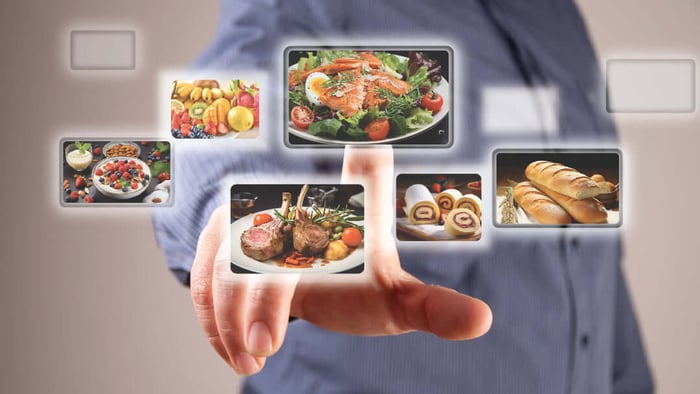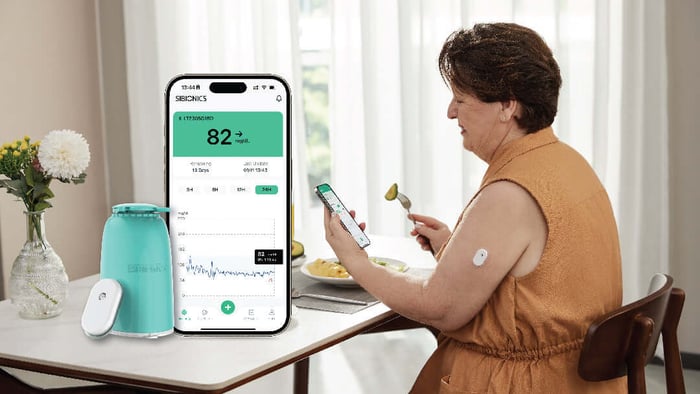Maintaining healthy glucose levels is an important part of diabetes management and overall wellness. While diet and exercise play roles, the order in which we consume foods can also significantly impact post-meal glucose spikes and drops. By strategically sequencing our daily meals, it’s possible to achieve steadier glucose control without having to dramatically change what we eat.
Understanding Food Sequencing
Food sequencing refers to the order in which various nutrients are consumed during a meal. The basic idea revolves around consuming foods that have a minimal impact on glucose before those that may cause a spike. By strategically sequencing foods, individuals can potentially mitigate the glycemic response of their meals, leading to more stable glucose levels throughout the day.
The Role of Macronutrients
Macronutrients, namely carbohydrates, proteins, and fats, each elicit a different effect on glucose levels:
- Carbohydrates: Carbohydrate-containing foods have the most significant impact on glucose levels as they are broken down into glucose during digestion.
- Proteins: Proteins have a relatively minor effect on glucose levels, but they can influence glycemic response when consumed in conjunction with carbohydrates.
- Fats: Fats slow down the digestion and absorption of carbohydrates, potentially blunting the rise in glucose levels.
Implementing Food Sequencing for Glucose Control
1. Proteins First
Prioritizing protein intake before carbohydrates in meals can help control glucose levels. Proteins (and especially whey protein) boost insulin and slow gastric emptying, reducing the carb impact on glucose levels.
Shukla, Alpana P et al. “Food Order Has a Significant lmpact on Postprandial Glucose and Insulin Levels." Diabetes care vol. 38,7 (2015): e98-9. doi:10.2337/dc15-0429
https://www.ncbi.nlm.nih.gov/pmc/articles/PMC4876745/
As shown in a study done by researchers at Weill Cornell Medical College in 2015, eating carbohydrates first and taking them last in a meal can make vast differences in glucose levels.
Putting carbohydrates in the last part can result in a 37% lower glucose level after 60 minutes of starting the meal, compared to eating carbs first.
Thus, next time at breakfast, it may be a good idea to finish your eggs or salad greens before eating the toast.
2. Front-Loading Fiber
Soluble fiber from oats, lentils, berries and other whole foods binds with sugar molecules in the digestive tract, easing their release into the blood. Focusing fiber-rich options at the start of a meal delays and reduces the carb surge. Opt for vegetable or bean soups before sandwiches, salads prior to pasta dishes, and fruit smoothies followed by toast with nut butter.
It’s also wise to spread out servings of high-fiber whole grains like brown rice and quinoa throughout the day rather than eating them all at once to avoid excessive fermentation.
3. Including Fat and Protein
Adding healthy fats, nut butters or avocado to carb-heavy foods slows the metabolic effect. For example, dip whole grain toast into hummus or slices of cheese instead of eating it dry. Choose oil-based salad dressings over vinegar-focused ones with meals. All protein sources provide the same benefits of delaying carbs as well.
4. Timing Snacks Accordingly
Incorporating two small, nutritious snacks containing protein or fiber between meals provides consistency. Good snack choices are nuts and seeds, yogurt, hard-boiled eggs, fresh fruit or vegetable slices with nut butter. They optimize glucose control by minimizing large appetite-driven carb intake at the next scheduled meal.

Accurately Monitor Post-Meal Glucose Levels with CGM
By integrating food sequencing principles into your daily routine, you can significantly reduce post-meal glucose spikes and achieve steadier levels throughout the day. Strategic eating through food sequencing paired along with SIBIONICS CGM System allows for enjoyable balanced eating without drastically changing your diet.
Record your meals in SIBIONICS App to See the Difference
With our simple and powerful App, easily take pictures of your meals and take notes for your records. Adjusting diet options and optimizing lifestyle choices had never been easier. Stay in the know, and make informed decisions with SIBIONICS GS1 CGM.
In summary, thoughtfully sequencing carbohydrate, protein and fat sources according to basic food combining principles provides a natural means of stabilizing glucose swings. Fine-tuning meal patterns tailored to individual needs, as observed through SIBIONICS CGM solutions, can significantly aid diabetes self-care and control without major dietary changes or constraints. With patience and monitoring, enjoyable balanced eating remains achievable.
FAQs:
Q: Does the order you eat your food affect glucose?
A: Yes, the order in which you eat your food can affect glucose levels. Consuming certain foods, such as proteins and healthy fats, before carbohydrates can help slow down the absorption of glucose into the bloodstream, potentially leading to more stable glucose levels.
Q: What are the benefits of food sequencing?
A: Food sequencing can offer several benefits, including better glucose control, reduced risk of glucose spikes, improved satiety, and enhanced overall nutrient absorption.
Q: What is the best order to eat for glucose control?
A: A recommended order for glucose control is to start with proteins and healthy fats, followed by fiber-rich carbohydrates. This sequence can help minimize glucose spikes and promote more stable glucose levels throughout the day.
Q: Should diabetics eat protein first?
A: Yes, diabetics should aim to consume protein-rich foods before or with carbohydrates at meals since protein helps stabilize glucose. Good options are eggs, nuts, seeds, meat, fish, yogurt etc.
Q: How long until food sequencing helps lower A1C?
A: Most see a 0.5-1.0% A1C drop within 3-6 months. Be consistent, record patterns, and work with your healthcare team to personalize your plan over 6+ months to achieve ideal A1C goals.
Q: Which meal is most important to sequence properly?
A: Breakfast is a key meal to concentrate on sequencing carbs and proteins 30+ minutes apart due to morning dawn phenomenon raising glucose levels.









